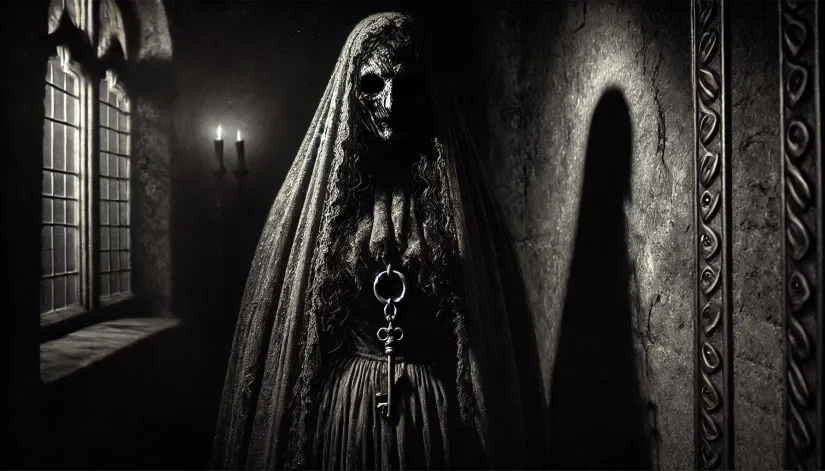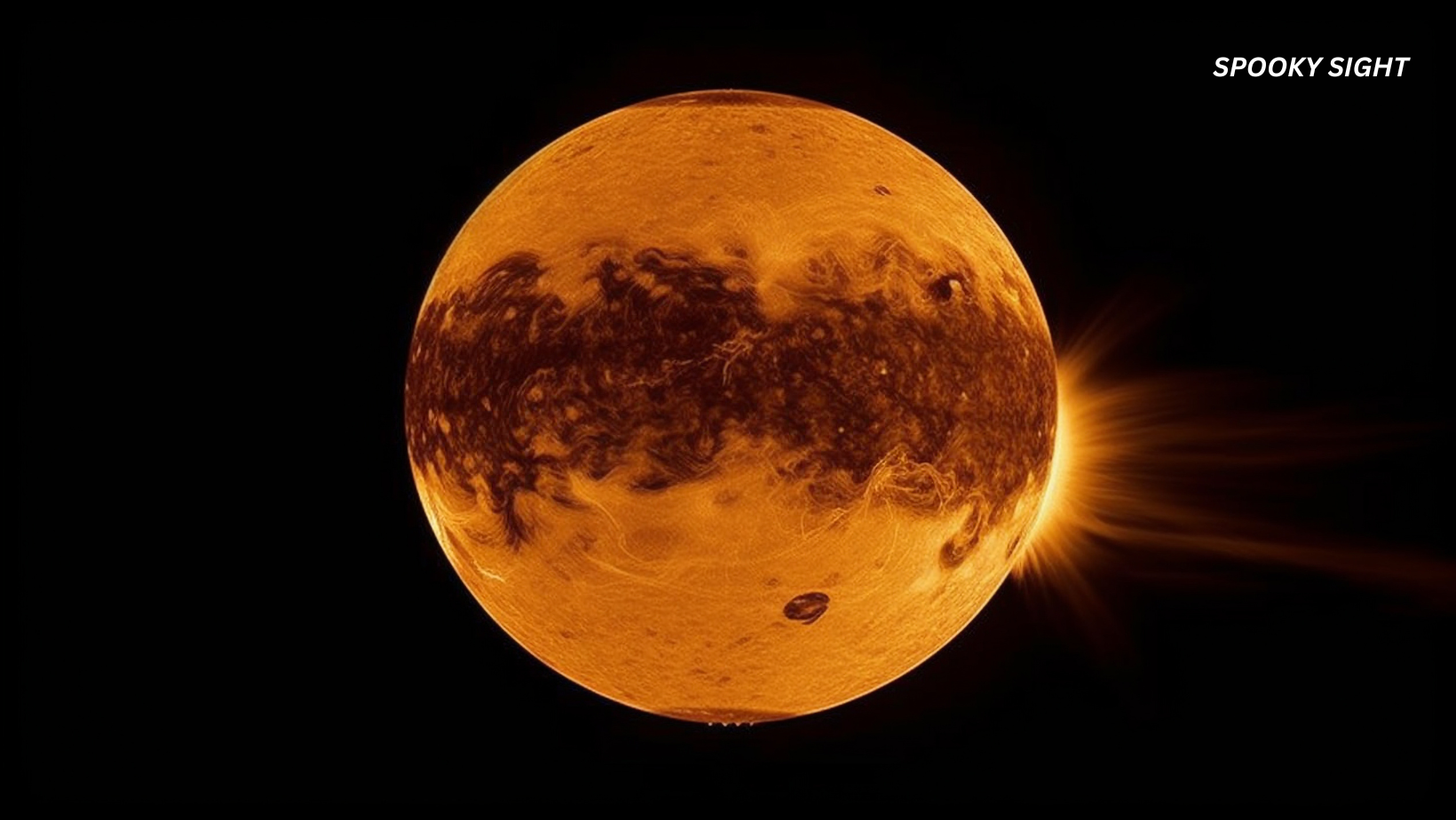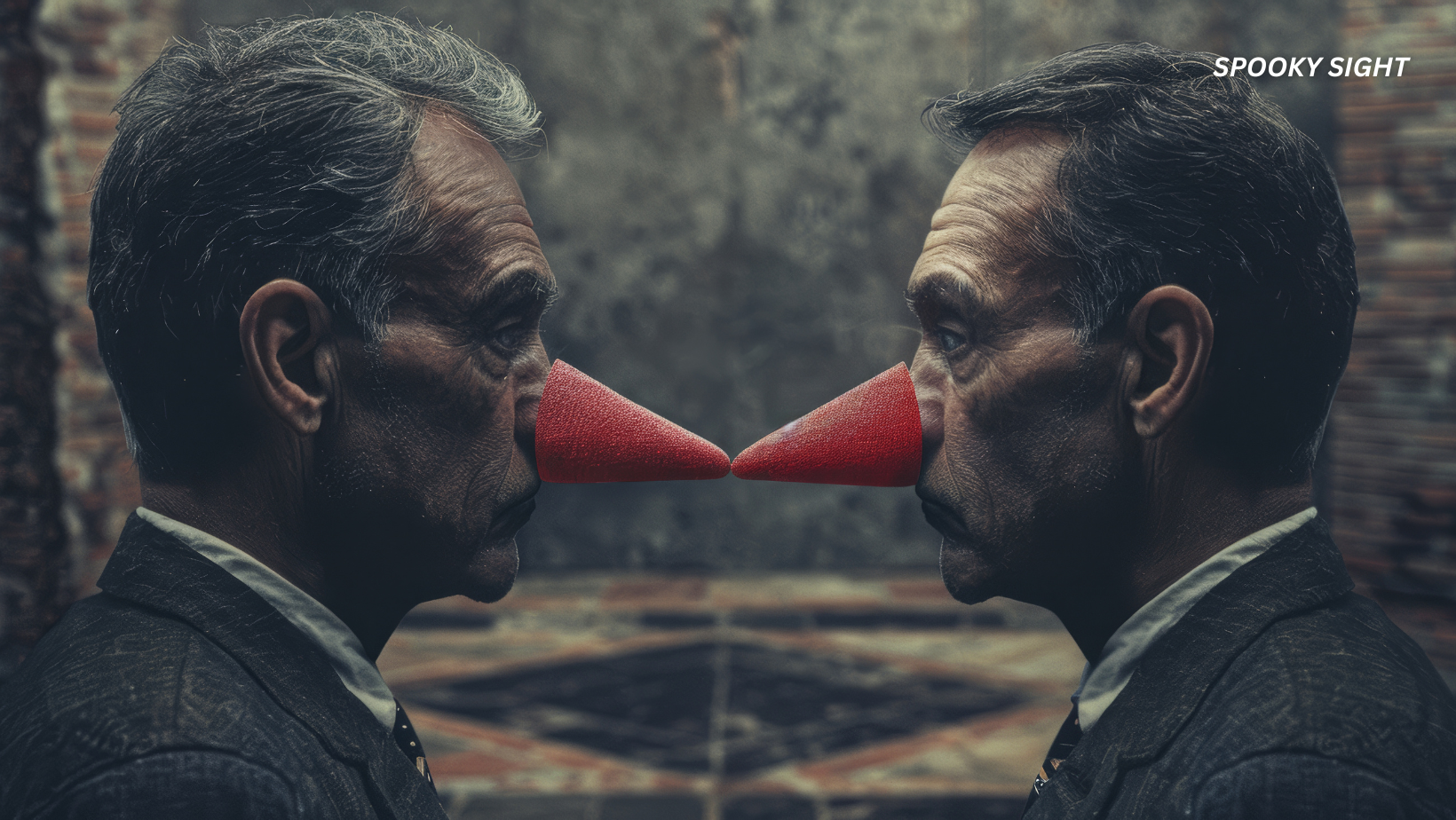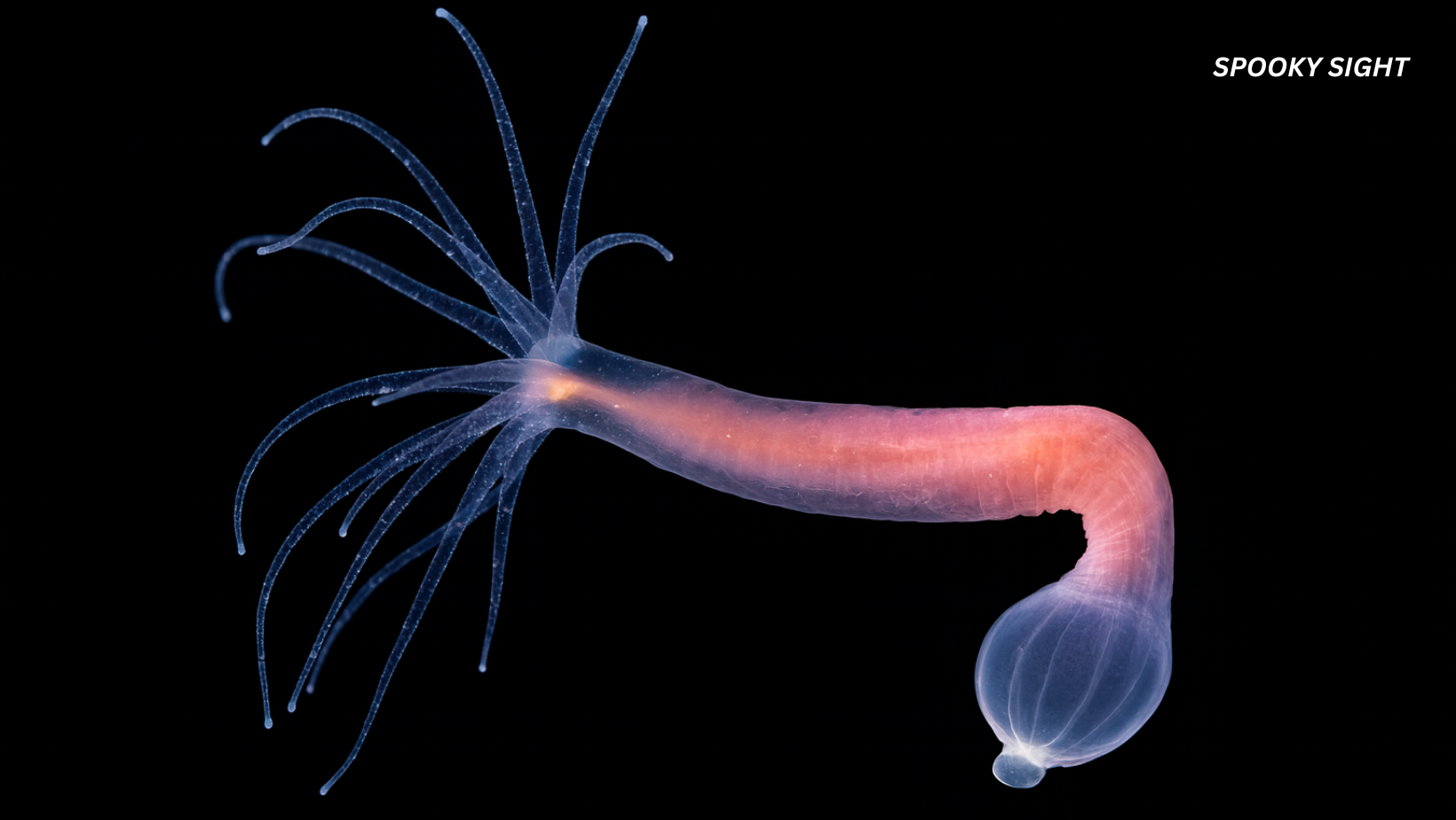Have you ever heard of the White Lady of Hohenzollern Castle ghost? It’s a fascinating story about love, betrayal, and heartbreak. And, most importantly, it’s a ghost story with dozens of alleged sightings that started in the 14th century.
So, could this White Lady actually be real? Let me take you back to when and where everything started. Let’s see how many of these reports can be verified and how much myth is there.
In this article:

White Lady of Hohenzollern Origins
The Hohenzollern is a breathtaking fortress on top of Mount Hohenzollern (part of the Swabian Jura mountain range), near Hechingen and Bisingen, about 50 kilometers (31 miles) south of Stuttgart, Germany.
Sure, its majestic towers and impressive history already make it an iconic landmark. But, beyond the remarkable architecture, the castle is also known for one of Germany’s most haunting ghost stories: the White Lady of Hohenzollern Castle.
The White Lady legend has two main versions, each with a different take on who she might have been.
Related: Anne Boleyn’s Ghost: The Tragic Queen Who Never Left
The first variant speaks of a mysterious ghost draped in a long white veil, often carrying a keyring full of keys. In this story version, people don’t know who the ghost is.
However, some believe she has intimate knowledge of the hidden Nibelungen treasure. The association comes from the belief that Hohenzollern Castle was built over ancient pathways and secret chambers that may have been part of the treasure’s hiding place.
In fact, there are accounts of witnesses seeing the ghost “knocking” on some sort of fake wall or hidden passage door on the mountainside, revealing a secret entrance.

In the second version, the ghost is Countess Kunigunde of Orlamünde. This story is as tragic as it gets. But first, let me give you more insight into who she was.
She was a member of the infamous House of Andechs in the early 14th century. The Andechs were known for their ambitious pursuits; some even claimed they were involved in conspiracies and underhanded dealings to maintain their influence.
In 1325, Kunigunde married Count Otto of Orlamünde, a match likely arranged to strengthen political ties. The marriage, however, was not without controversy.
There were whispers of disputes over the inheritance. Otto had many distant relatives who also sought a share of the Orlamünde wealth. Together, Kunigunde and Otto had two children. But after Otto’s sudden and mysterious death in 1340, she found herself alone—an affluent widow surrounded by suitors interested in her beauty and the wealth and lands she controlled.
SpookySight recommends: Bathsheba Sherman: The Conjuring’s Witch True Story
Now, here’s where things get weird. The countess didn’t care about any of the suitors. Kunigunde was madly and hopelessly in love with Albrecht of Zollern and Nuremberg.
One day, probably tired of the countess’ persistence, Albrecht made an offhand remark that sealed Kunigunde’s fate. He told her, “four eyes stand in the way,” likely meaning that his parents disapproved of their relationship.
Tragically, Kunigunde misunderstood. She thought Albrecht was referring to her two children from her previous marriage. So, in a desperate attempt to remove any obstacles between herself and the man she loved, the countess did the unthinkable—she ended her children’s lives in 1345, hoping it would pave the way for their union.
When Albrecht learned what Kunigunde had done, he was horrified and ultimately rejected her.
The countess was heartbroken and haunted by guilt for what she had done. She sought refuge and forgiveness by joining the Plassenburg Monastery, spending her remaining days in penance and sorrow. Despite her efforts to atone for her sins, her spirit never found peace.
When Kunigunde passed away, her restless spirit did not move on. Instead, it stayed—forever bound to Hohenzollern Castle, haunted by the tragic mistake that had cost her everything she loved.

The White Lady’s Ominous Prophecies
Now, regardless of whichever version you believe, one thing’s for sure: the White Lady of Hohenzollern Castle is bad news for the Hohenzollern family. Some strange coincidences have led many to believe that her ghost shows up as a warning of significant, often tragic events—usually foretelling a death in the family.
What are those coincidences? Glad you asked. Throughout history, the White Lady of Hohenzollern Castle has appeared during pivotal moments for the Hohenzollerns.
In 1486, she reportedly appeared to a Franconian-Hohenzollern war hero at Plassenburg Castle, days before his untimely death. In September 1623—courtiers claimed to have seen the ghost in the days leading up to the death of Elector Johann Georg (another influential member of the Hohenzollern family), who passed away on October 18, 1623.
And then there’s Margrave Philip Erdmann of Bayreuth, who allegedly saw her in 1877, right before his sudden demise. (The Bayreuth were a nobility branch not directly part of the core Hohenzollern family but shared family ties through various alliances and marriages.)
Even the Berliner Schloss, the Hohenzollerns’ grand residence in Berlin, wasn’t immune to her visits. The White Lady was presumably seen before the deaths of various prominent residents.
Related: Borley Rectory Ghosts: England’s Most Haunted House?
One particularly chilling sighting involved Frederick I. He allegedly saw a woman in a white robe in his chamber. He first thought it was his wife, Sophia Charlotte. However, the shock when he saw the ghost weakened his already fragile health, leading to his death soon after.
The last White Lady of Hohenzollern Castle sighting? It reportedly happened in early November 1918, just days before Kaiser Wilhelm II abdicated on November 9, 1918, and went into exile.
A palace watchman claimed to have seen a veiled woman in white wandering silently through the palace halls at night. As he moved closer, she vanished without a trace. This encounter took place during a period of intense turmoil, as World War I was coming to an end and the German monarchy was on the brink of collapse.

The White Lady in German Folklore
Believe it or not, the White Lady of Hohenzollern legend doesn’t stop at Hohenzollern Castle or the Berliner Schloss—it goes beyond, becoming part of the German ghost stories.
Plus, like so many ghostly women in white from different cultures, her story embodies themes of tragedy, regret, and lost love. To me, the White Lady is a powerful reminder of human frailty and the destructive power of unchecked emotions.
Related: Who is the Brown Lady of Raynham Hall Haunting Visitors?
Germany has its share of these tales, each one as tragic as the next. Take the White Lady of Brandenburg, who allegedly haunts Brandenburg Castle, linked to tales of sorrow and doomed love.
Or think about Ireland’s Banshee, whose wail foretells death—different form, same haunting themes of loss and inevitability. In Slavic folklore, there’s the Rusalka, a water spirit in white, forever lamenting her fate by lakes or rivers. And, of course, the famous La Llorona in Mexic. The weeping woman in white embodies despair, loss, and the lingering weight of her actions.
Frequently Asked Questions
Who is the White Lady of Hohenzollern Castle?
The White Lady is believed to be the ghost of Countess Kunigunde of Orlamünde, a noblewoman from the 14th century who tragically killed her children due to a misunderstood message from her lover, Albrecht of Zollern.
What does the White Lady of Hohenzollern Castle look like?
She appears as a tall, slender figure, draped in a flowing white veil that covers her face. Witnesses often describe her as carrying a large, rusted keyring, her presence accompanied by an eerie chill. She moves silently through the castle halls, her form almost gliding, and her face remains hidden, adding to her spectral, unsettling presence.
What does it mean if you see the White Lady of Hohenzollern Castle?
Seeing the White Lady is considered a bad omen, often believed to predict an impending death or tragedy within the Hohenzollern family.







